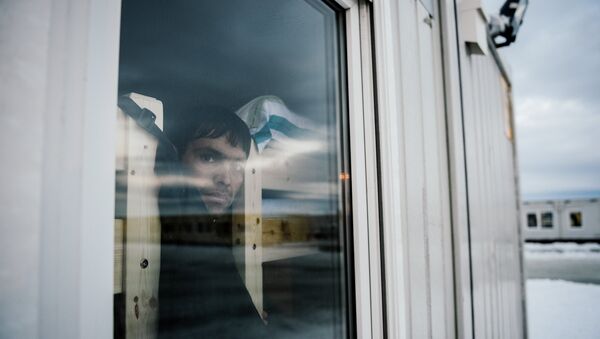Professor Grete Brochmann from the University of Oslo, who heads the eponymous committee, was particularly worried about the fact that immigrants, particularly those with a refugee background, had both lower employment rates and were working fewer hours than the majority population. This left them in the low-income category, and largely dependent on social benefits.
In the report, 28 percent of immigrants and their descendants were found to have persistently low income, compared with 10 percent of the total population, thus putting Norway's welfare system under extra strain.
Research Director at the Norwegian Nobel Institute Asle Toje suggested that the Brochmann report missed the point; he predicts that ethnic Norwegians will become a minority in their own country if alarming demographic trends continue, the Norwegian daily Aftenposten reported.
"The report simply proceeds from the notion that immigration will decline, without explaining why or how," Asle Toje wrote in a separate note to the report, arguing that peak immigration figures from 2015 may become the new norm. "We live in a world where with 7.5 billion people and no signs of peace. On the contrary, we see a resurgence of conflicts," Asle Toje stated.
At the beginning of the 1990s, immigrants totaled only 4.3 percent of the Norwegian population. Roughly a quarter of a century later, their percentage has risen to 16.3 percent in a nation of 5.2 million. Today, Poles, Somalians, Iraqis and Pakistanis are the most numerous immigrant communities in Norway.
In 2016, a forecast by Statistics Norway predicted that migrants would remain the major driving force behind the future growth of Norway's population. Today, migrants account for 90 percent of the Nordic country's population growth. The number of migrants is therefore expected to double to from today's 700,000 to 1.4 million in the mid-2040s, when Norway's population is anticipated to reach the six-million mark.
Never miss a story again — sign up to our Telegram channel and we'll keep you up to speed!





